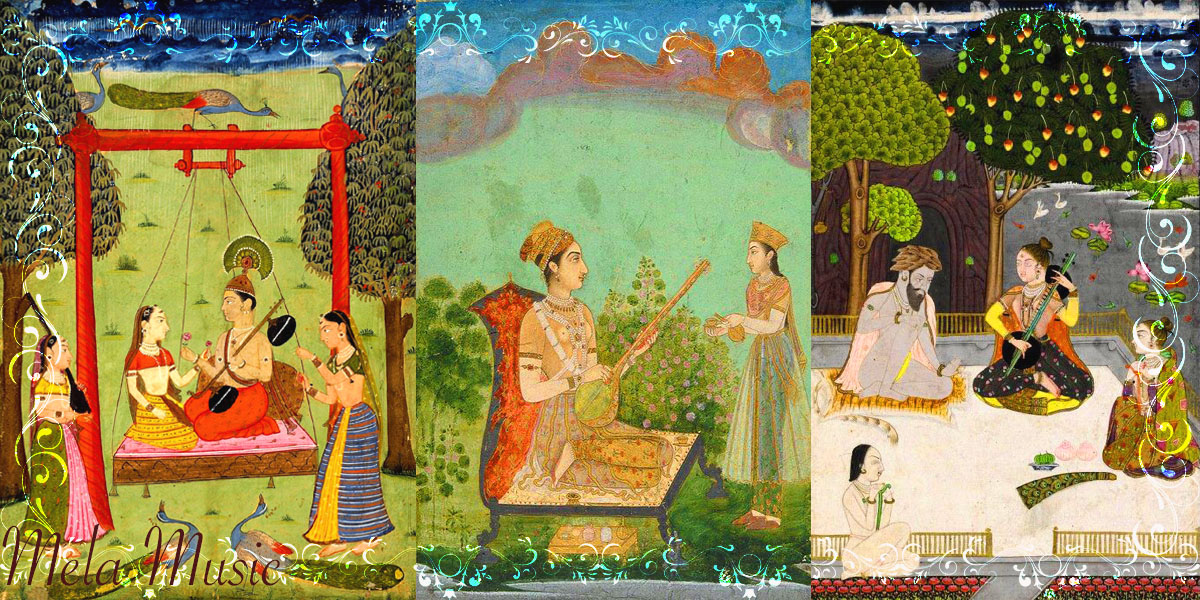
Raga Kafi is a popular and versatile raga in the Hindustani classical music tradition. The use of these microtonal variations, along with other characteristic phrases and ornamentations, distinguishes Raga Kafi from other ragas.
Raga Kafi has a rich repertoire of compositions and is known for its versatility. The mood of Raga Kafi can vary depending on the specific time of performance, ranging from devotional and introspective to playful and romantic. The melodic structure of Raga Kafi allows for extensive improvisation and exploration by musicians. It provides ample opportunities for intricate ornamentations, such as meends (glides), gamaks (graceful oscillations), and taans (fast melodic runs). These embellishments add depth, expressiveness, and virtuosity to the rendition of Raga Kafi.
Due to its versatility, Raga Kafi has found its way into various genres of Indian music, including classical, semi-classical, folk, and light music. Its emotive appeal and melodic richness have made it a favorite among composers and performers. Many renowned musicians have composed and performed in Raga Kafi, leaving behind a treasure trove of memorable renditions.
Whether expressing devotional fervor, romantic longing, or joyful playfulness, Raga Kafi offers a wide range of emotional expressions. Its melodic beauty and flexibility have made it an integral part of the Hindustani classical music tradition, enchanting audiences with its evocative melodies and timeless charm.
Prahar – 6 (9pm – 12am)
Thaat – Kafi
Aroha – S R g m P D n S’
Avaroha – S’ n D P m g R S
Pakad – S R R g m m P- , D P m g R
Vadi Swar – PA (P)
Samvadi Swar – SA (S)
Note: This is a Janak Raga.
Notation Symbols Explained
